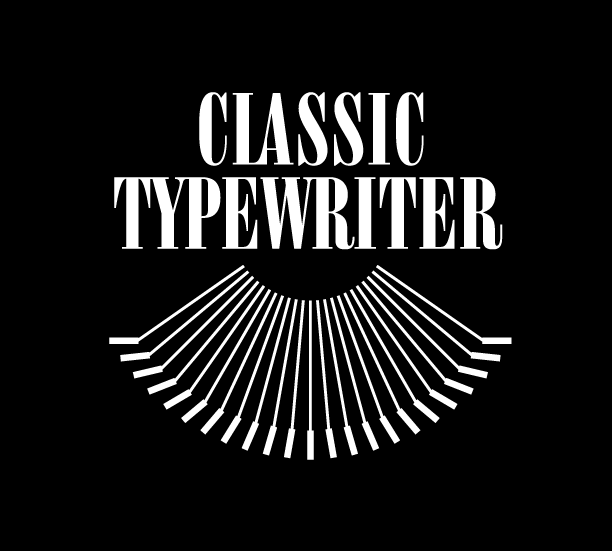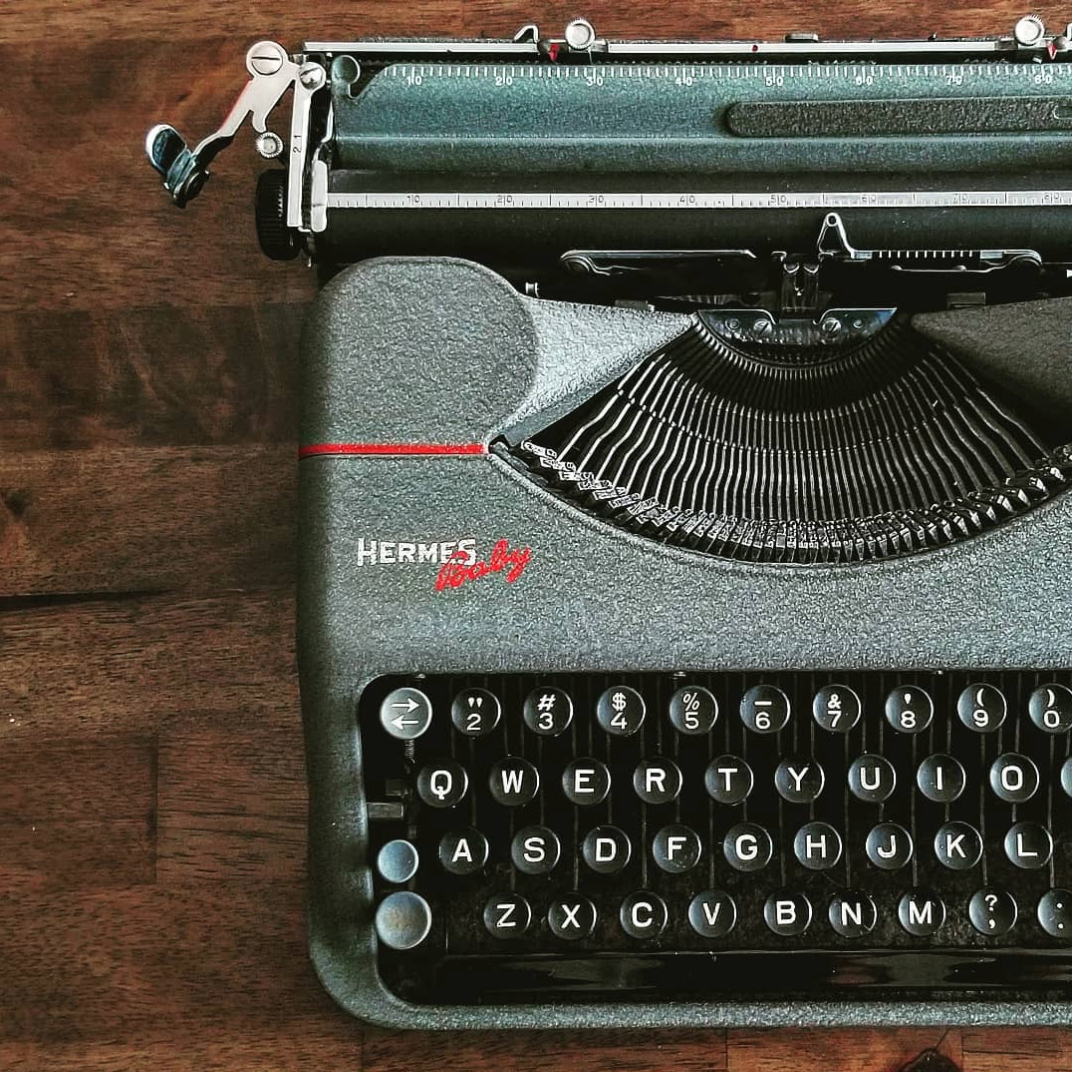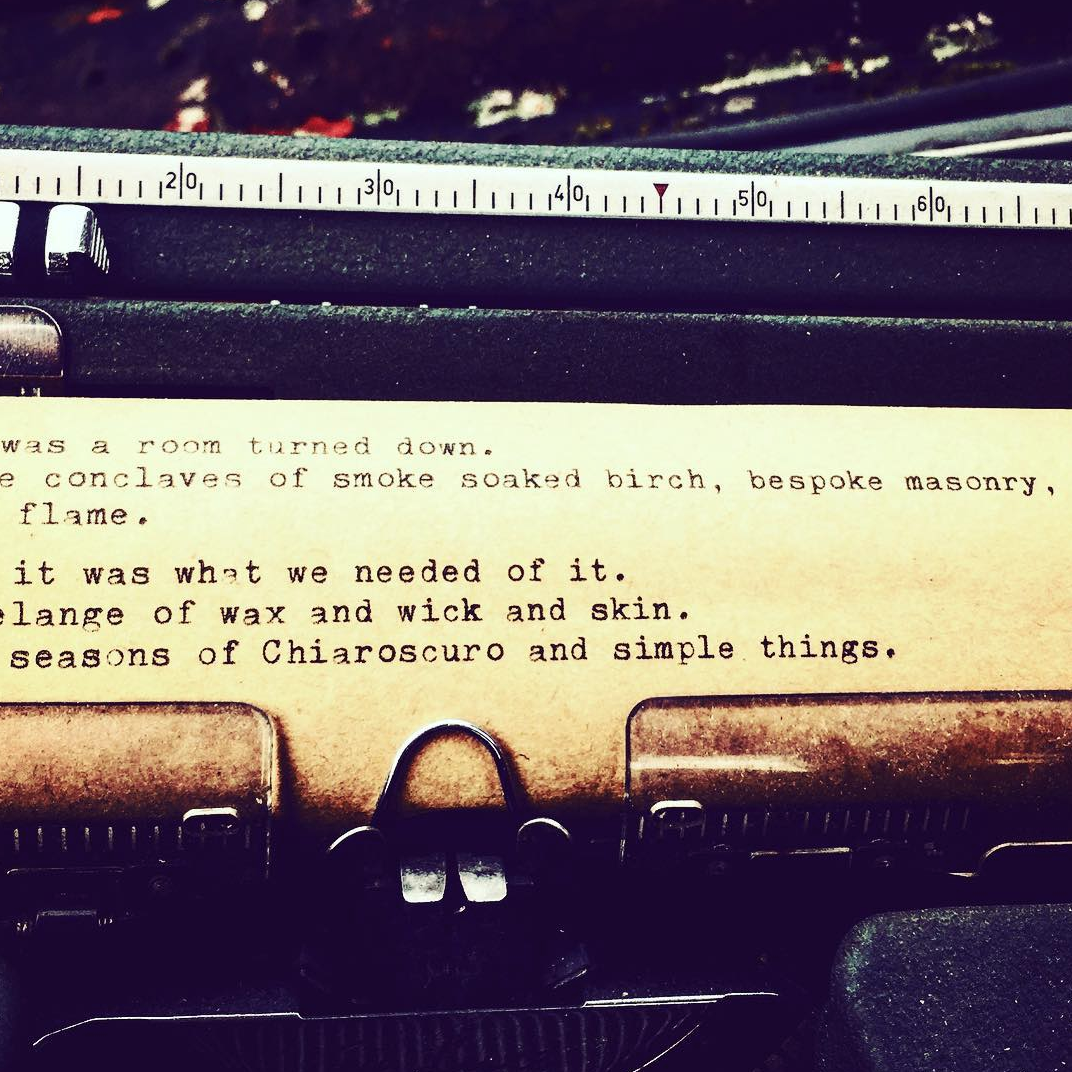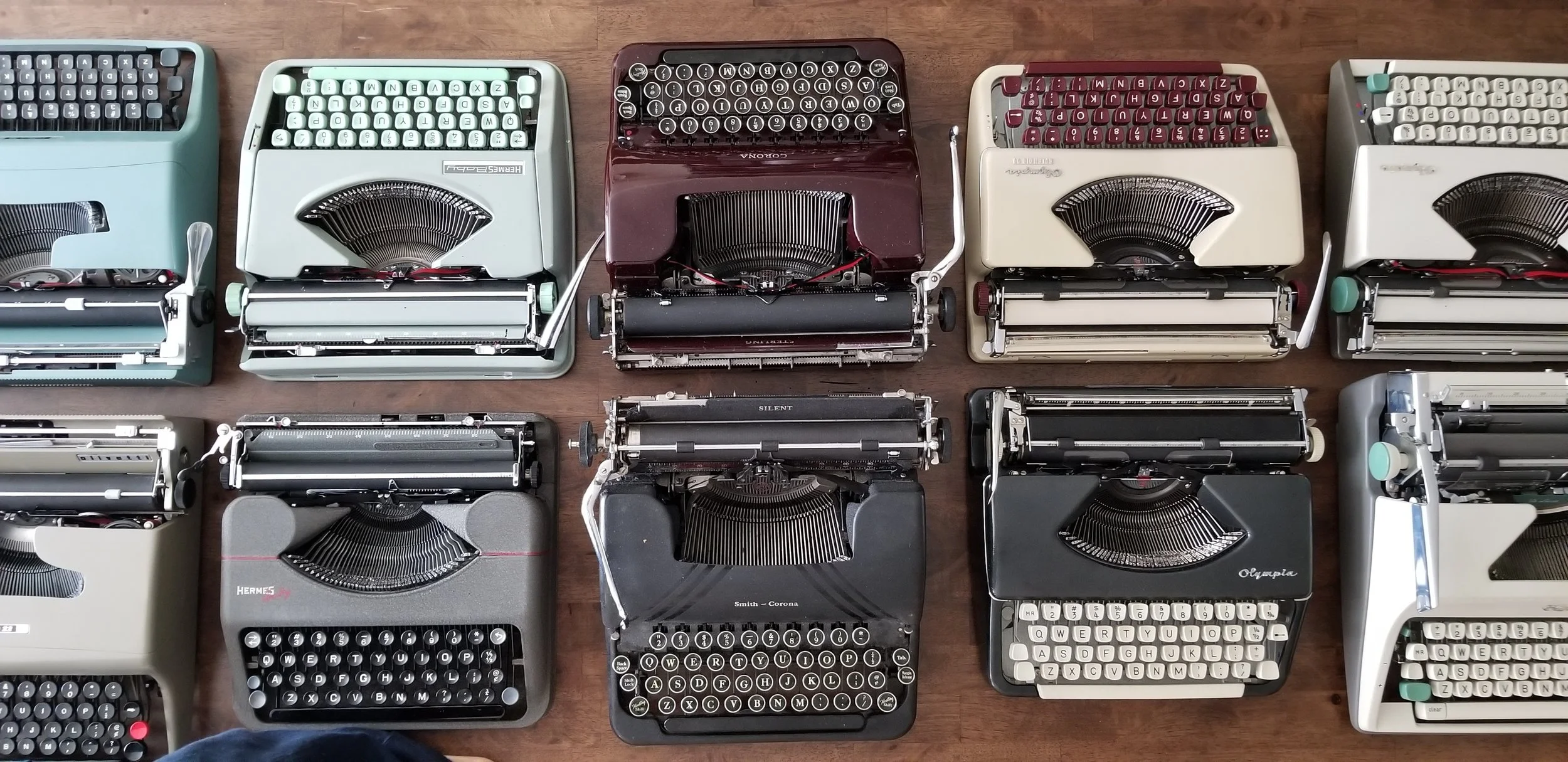8 Reasons that Typewriters are the Ultimate Writing Tool
1. They last 'forever'.
With little maintenance. Most people 'over' maintain.
You've probably heard some of the stories. Cormac McCarthy used his Lettera 32 to write an estimated 5 million words before he donated it and replaced it with the same model. All he did was blow the dust out every once in a while at the gas station. No lubricating is mentioned. No adjustments.
Glenn Horowitz, a rare-book dealer who handled the auction for McCarthy, told the New York Times:
When I grasped that some of the most complex, almost otherworldly fiction of the postwar era was composed on such a simple, functional, frail-looking machine, it conferred a sort of talismanic quality to Cormac’s typewriter. It’s as if Mount Rushmore was carved with a Swiss Army knife.
Danielle Steele wrote 163 books on her 1948 Olympia Standard typewriter, the main one she still uses today.
Not all typewriters last forever, but I often find typewriters from the 30's and 40's that still work today.
A computer, for instance, dies after a few years. Oftentimes, the drive fails. Or a backup drive fails. Sometimes, a file reverts to an older file by some mysterious stroke of destiny.
Using a typewriter does not render one immune to the sweeps of fate. Pages can burn, or a typewriter can fall into the ocean and rust to pieces. But it's more fathomable to witness a physical thing vanish than lose an ethereal digital masterpiece to the whim of the ethers.
2. They are designed for writing alone.
Author William Burroughs on a Hermes Baby Typewriter. Though he seems distracted at the moment, a typewriter is a focused writing machine.
Most alphabets are remarkably simple. It is in the untold combinations of letters that the magic is summoned. With a handful of letters, one can change the world; call upon the muse; surrender to the throes of love.
On a typewriter, these letters of the alphabet rest in a curved line on the type bars, and a key stroke presses them to the paper, in a meaningful, flashing arc.
A computer, by contrast, can support in the arranging of letters, and hold massive amounts of data, along with about a thousand other things. The 'other things' are the problem. Most people sit to write and they get lured in various directions. Most people sit to 'write' and nothing comes out; because they spend time veering off into social media, or doing 'research' (usually unnecessary), or shop.
3. There's a rhythm to creation.
There's something nostalgic about the sound of a typewriter; the keys striking against the platen. People literally listen to recordings of people typing to relax. Many people have familiar memories associated with the sound of a typing machine; an uncle or a grandfather typing away on memoirs or a journal or letters.
Once one gets into the roll of typing, and it is a learned skill, the sound and the rhythm can contribute to the creative process. There are ways to access the unconscious through these rhythms, which is the wellspring of the creative life. There may be a reason why the quality of writing has declined, and the typewriter may be involved.
4. They're off the grid.
There are a million excuses not to write. The power goes out, and you're sitting there until your battery dies. You're out in the forest, and there's no wifi. A typewriter works, generally. All you need is a little light.
Also, do you ever get the feeling that someone is watching you? They are! Virtually everything you do on a computer is tracked and recorded somewhere, and used for either surveillance or for advertising. Usually both. The devices are listening, as well.
If you want to break out of the digital matrix, to another kind of freedom, to explore a few incendiary ideas, a typewriter is the way to go. The film the Lives of Others explores the concept with a beautiful Groma Kolibri typewriter that a revolutionary has smuggled into Western Germany underneath a cake.
5. They're beautiful.
Olivetti Lettera 32
There is a certain beauty to an Apple computer. However, it will still suffer from the faults above.
There is something beautiful about the precision and durability of an old typewriter, a sewing machine, or another accoutrement of a bygone era.
I run my finger over the keys of a typewriter, and I'm immediately inspired. The flash of chrome; the snap of the keys; spark of inspiration. I feel the thread of kinship with my favorite writers from bygone eras.
6. They're portable.
Hermes Baby Typewriter, one of the most portable typewriters ever built
Ok, here is the most controversial point. Because some desktop typewriters weigh 50 pounds, and are the size of a small car.
There are desktop typewriters, which are huge and heavy. Most contemporary writers don't choose them, because they are not portable. But they are stable and reliable, engineered to last forever.
There are portable typewriters, which are still somewhat bulky and heavy. But they are a beautiful balance between the durability and stability of a desktop and the portability of an ultraportable.
There are ultra-portables; designed for the frequent wanderer. Some of the best ones are pretty streamlined, and work for decades, if not a century. The Groma Kolibri is a good example, though heavy. The Hermes Baby is probably the best, with its light weight and smile profile case overall. Another contender is the Olympia SF.
A prime consideration is the case. Sometimes a model is fairly portable but the case is bulky, or heavy. Old Smith Coronas and Olympias for instance have heavy plywood cases. The zipper on a Letters 32 often break down, for instance, the case cannot be used.
7. They create in realtime.
Olympia SM3 with poetry from thevitruvianway
There's something magical about the imprint of the ink on the paper in the same moment of conception. You can almost smell the hot ink as it soaks into the paper. This is especially captivating for those of us reared on digital media.
As soon as it is written, you have your page in your hands. This has its pros and cons. Of course, you’re somewhat committed, until the next edit. This is good if you want to crank out a draft of something, and then edit later. Or, like Thomas Mann, write a page per day, and edit each page as you write.
8. They're widely available, precisely because 'They Last Forever'.
Some of the beautiful typewriters in stock. Olivetti Lettera 22 and 32, Hermes Baby, Hermes Rocket, Smith Corona Sterling, Olympia SF, Olympia Splendid 99, Olympia SM9, Olympia SF
Once upon a time, not that long ago, virtually every household in America, and many households throughout the world had a typewriter. That means there are still millions of these stunning writing machines floating around out there. They need to be used. They were only abandoned almost by accident; because of the advent of, first, electronic typewriters, and then word processors, and finally, computers.
A word processor was an interesting contraption. It could really only write; a keyboard under a little black screen with green letters, and the gigantic body behind the screen. I wrote on one of these in high school. After I learned to type, you'd have to type a page and then watch the slow thing process and finish the lines after you typed them. Sometimes, I got too far ahead, and the machine just skipped sections. Also, the drive would be full after only a few thousand words.
I know we become so accustomed to throwing things away. Most newer machines are made of plastic that winds up in a landfill. Typewriters were mostly metal until the 80's. They're actually designed to last and last. Creating things that last is not difficult, it's just that, because technology evolves so quickly, manufacturers use chapter materials, knowing that the machine will be obsolete soon anyway. The typewriter, on the other hand, spares no expense to create something lasting. The designers already thought that this machine was the high point of writing technology. And so it is.
Because of this proliferation of typewriters for nearly a century, they can still be found for actually a fraction of the cost of what they're worth. Consider the cost of engineering and manufacturing such machines today. Such quality control is almost unheard of outside of high-end cars, planes, boats.
***
I hope this inspires you to explore a typewriter. You can explore our recommended machines here.
Write on.
Steven Budden
*Machines for Writers*






